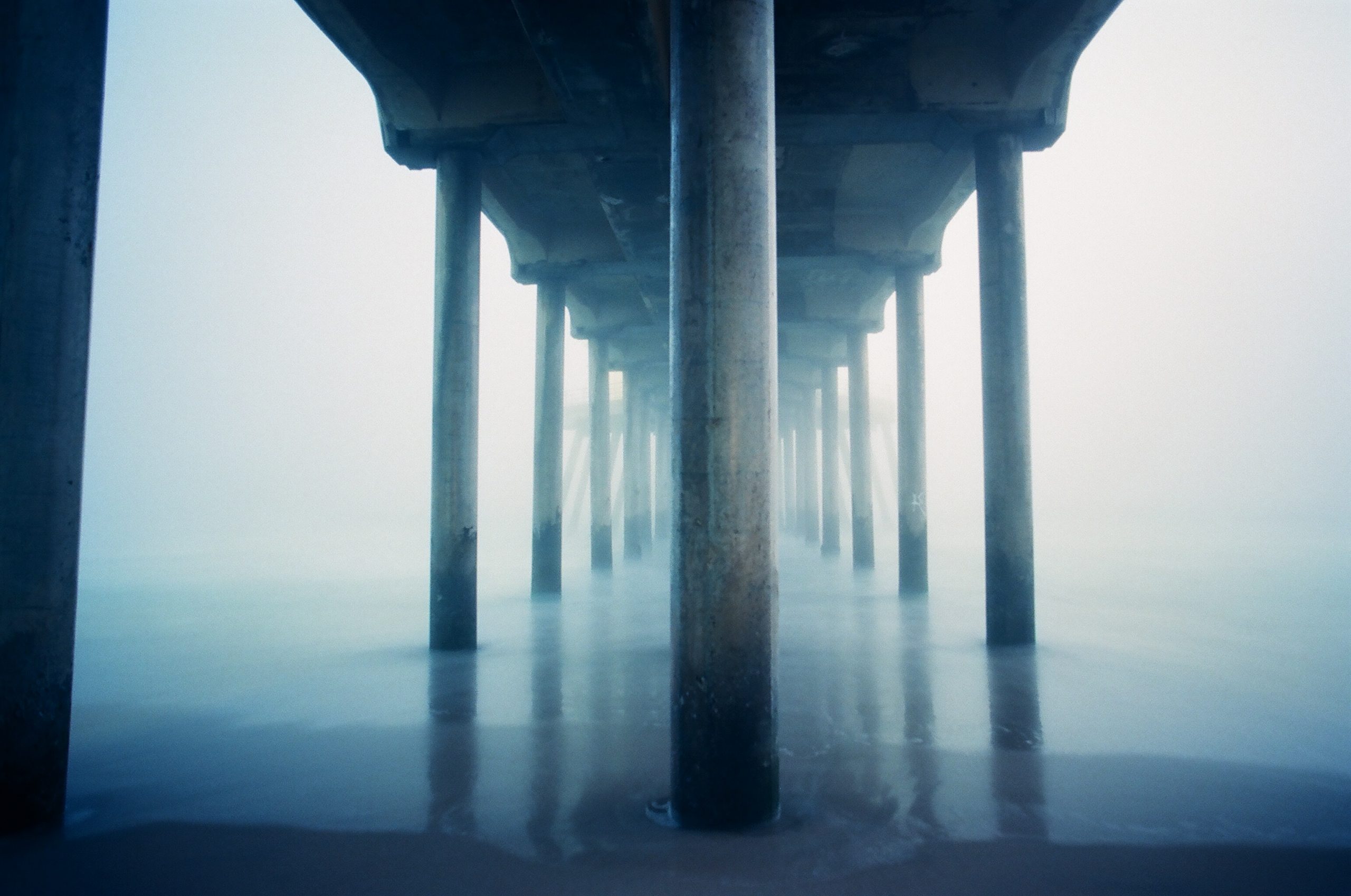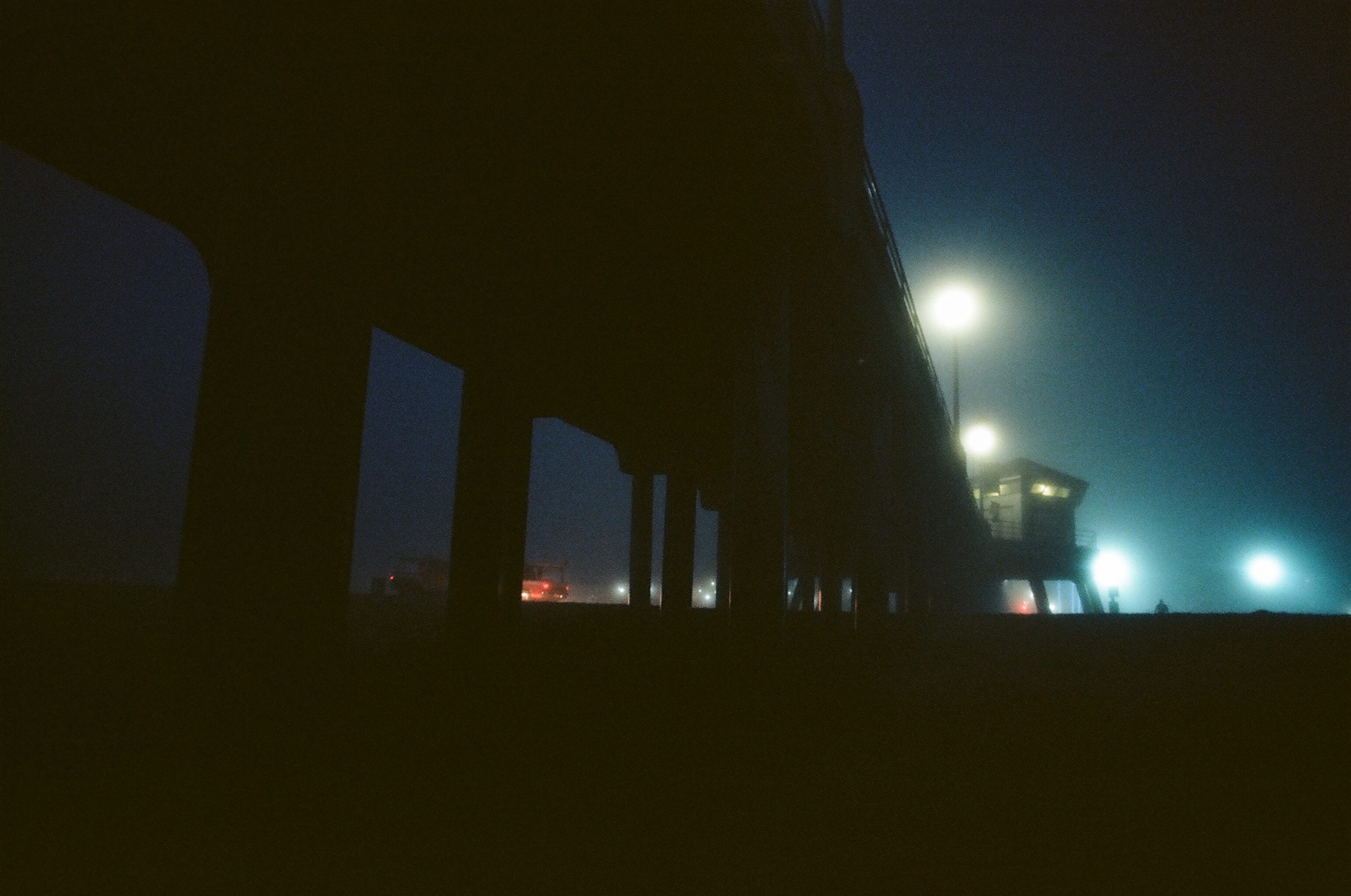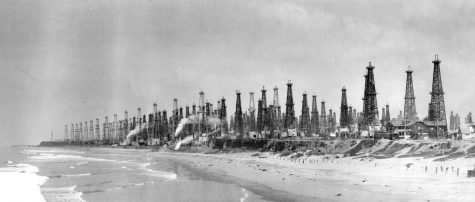The land of Huntington Beach was originally occupied by the Tongva Indigenous people who had a territory of around 4,000 square miles.

















Tongva land ranged from the Santa Susanna Mountains in the north, Aliso Creek to the south, the San Bernardino Mountains in the east to the Pacific Ocean in the west. This territory is now known as the Greater Los Angeles Basin.
During the colonization by the Spanish, the Tongva were referred to as the Gabrieleño and Fernandeño people. The Tongva were forced by the Spanish to build missions under slave labor. The current population of Tongva people is estimated to be around 3,000 people.
On a related note, Long Beach State sits on land that the Tongva believed to be sacred. The village of Puvungna, located in the modern-day Rancho Los Alamitos, is where a portion of Cal State Long Beach sits. The Tongva believed that Chungichnish, their lawgiver and God, resided there spiritually. More than a dozen sites have been identified as Tongva villages over an area of 500 acres on or near the Long Beach campus. Most of the sites have been destroyed by development.
Eventually, the territory passed from Spanish to Mexican, then American hands. The city of Huntington Beach was incorporated in 1909 and renamed after a railroad magnate, Henry Huntington, nephew of Collis P. Huntington. As one of the major investors of the transcontinental railroad, Collis P. Huntington rubbed shoulders with Leland Stanford. Leland was a fellow investor in the transcontinental railroad and founder of Stanford University.
Oil discovery in the 1920s caused an economic boom in the city of Huntington Beach. From that point on, thousands of people began to inhabit the location. The Bolsa Chica Gun Club signed an oil and gas lease with Standard Oil Company of California and the rest is history.
The population grew exponentially from a couple thousand during this oil boom. The oil derricks, virtually built overnight on the shoreline, pumped out “black gold.” Most of those old oil wells are long gone. The only visible trace of their presence is in old black and white photographs. The oil derricks have since been replaced by four hundred wells that are still scattered between Goldenwest Street and the Bolsa Chica wetlands.

Today, oil has been replaced by sport. Predictably, the modern culture of Huntington Beach centers around the Pacific Ocean. In 1925, modern surfing from Hawaii was introduced to Huntington Beach by Duke Kahanamoku, a five-time Olympic medalist in swimming. Ever since then, the sport of surfing has been integrated into Huntington Beach culture.
As for modern day inhabitants of the territory, the population of Huntington Beach sits a bit below 200,000. Huntington Beach is characterized by some as a sleepy beach town, but statistics and history seem to prove otherwise. With a rich story spanning thousands of years, the land and the people still have much left to do.




